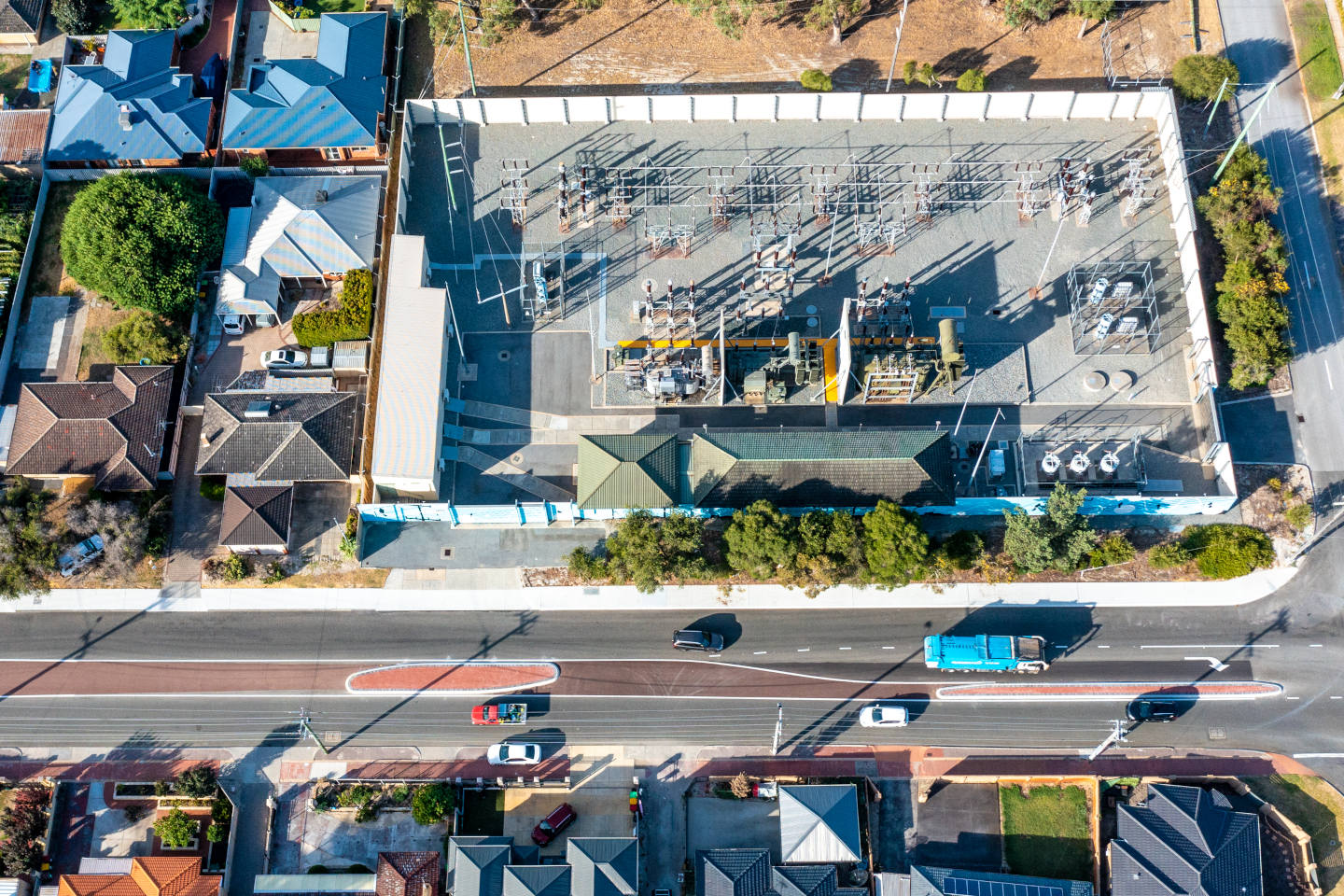
Transformers that could explode, a 38 per cent rise in bushfires and increased chances of a system blackout are key risks identified by Western Power, Business News can reveal.
The state government-owned grid operator outlined a series of potential risks when it submitted its investment plans with regulators in recent weeks.
Western Power wants to commit $4.6 billion to a capital spending program over the next five years, as it hopes to boost reliability of the network and replace ageing equipment.
The utility’s concerns were highlighted in the documents for its next access arrangement period, the five years to 2027, through which the Economic Regulation Authority will set caps on its revenue and spending.
About 27 per cent of its more than 300 power transformers were in poor or bad condition.
“Pitch-filled cable boxes at risk of explosive failure”, insufficient bunding to prevent oil leaks, and a portion of assets without manufacturer support would compound the age issue, Western Power said in its capital expenditure forecasts.
Decentralised generation from rooftop solar and increased use of renewables would add further pressure on the transformers.
A spokesperson for Western Power said the at-risk cable boxes were an older style of transformer used in some substations, and access was restricted to Western Power employees.
The risk of explosive failure was under extreme conditions and had been identified through condition monitoring and maintenance, and the transformers are being replaced.
“While replacement work continues, additional exclusion zones and protective measures apply around this equipment,” the spokesperson said.
Failure of the assets would contribute to outages and place pressure on network performance, Western Power’s submissions said, posing a threat to the utility’s ability to manage the network and fulfil licence obligations without action.
“It is expected that without treatment, the resulting increase in failures would result in negative reliability impacts (i.e. an increase in frequency and duration of outages) and instability of the transmission network (presenting system security challenges),” Western Power’s submission said.
“This would result in increased likelihood of system black type events due to the tendency of transmission asset failures to have flow-on effects on the network.”
A system black was experienced in South Australia in 2016, when the state’s power network had to disconnect from the national grid and shut generators in an emergency.
Western Power will replace 13 transformers, refurbish 36 and purchase two spares during the five years to 2027, according to the documents.
The network operator has been under pressure in recent months because of a spate of summer outages, as the grid faced what the company called record breaking peak evening demand amid high temperatures.
Fires
The Economic Regulation Authority’s paper responding to Western Power’s submission said ground fires on the network had increased from about 117 annually in the five years to 2017, to be 162 a year in the past five years.
That’s a 38 per cent increase.
The ERA said it was mainly driven by a rise in pole top fire events.
Fires caused by Western Power’s assets caused less than 2.5 per cent of total fires in WA each year, the documents say.
On the transmission network, the rise is even higher, at almost 50 per cent, according to Western Power.
A spokesperson for Western Power said the lift reflected an increasing frequency of weather events creating conditions for fires.
It is not a problem unique to WA, they said, caused by a combination of equipment located in dusty or seaside areas and ongoing rain following dry periods, which leads electricity to jump short distances from the wire to the pole.
That can heat the pole and cause it to smoulder and burn.
The company said it would be expanding its preventative maintenance program.
“This includes more siliconing, washing and upgrading of insulators, more pole replacements and reinforcement, and more overhead conductor removal and replacement,” the spokesperson said.








